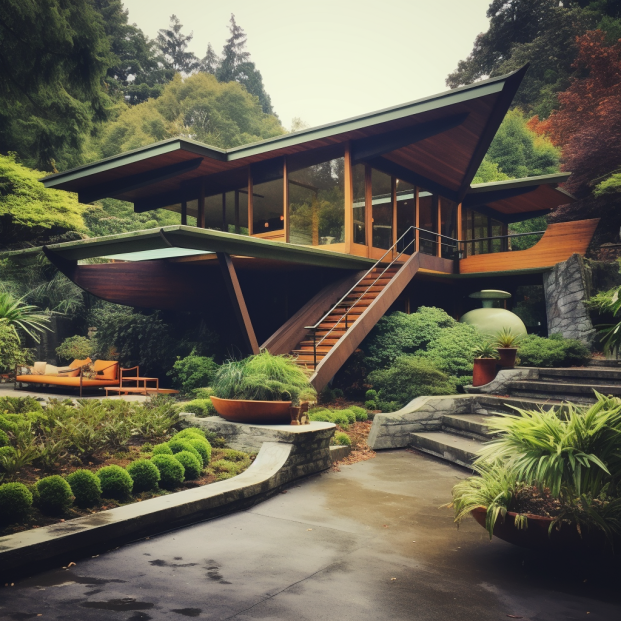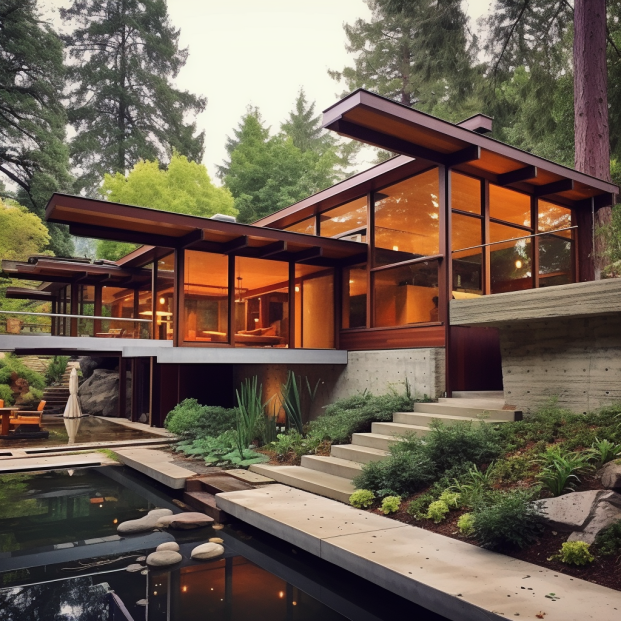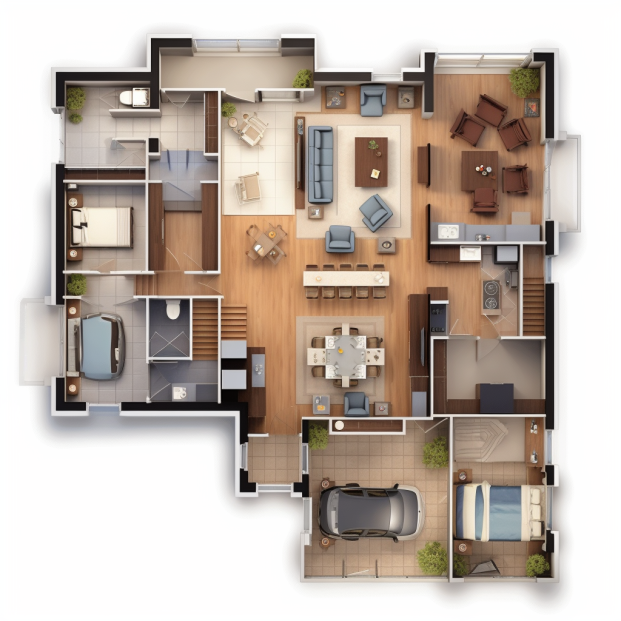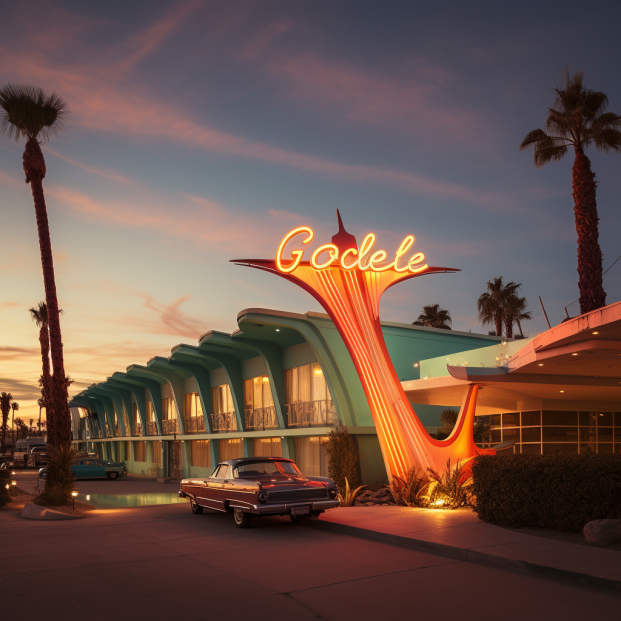Ai Architecture: Problematic and Helpful?
Ai Architecture: Problematic and Helpful?
Artificial intelligence is creeping into every creative profession, some people see it as a massive threat and some are indifferent to it. Some of these professions are much more likely to be affected– as seen with the recent 2023 SAG writer strikes as well as lawsuits over AI programmers ripping illegally from web novels and attempting to publish work on their own. Writing as an art form is at higher risk in terms of AI taking hold. When comparing AI to visual arts, there is some risk, however with a close enough inspection things aren’t always correct, and they’re difficult to correct through AI generation and description. Most artists are able to pick out AI art vs genuine art, and it becomes much more easy to spot when a human is the subject. Some aspects of art that AI almost always gets incorrect are hands, feet, and the amount of limbs. The hands are typically obscured or have too many/little fingers and the same goes with feet. There’s also usually some extra hands and arms thrown in or omitted altogether.
Now just like portraiture, AI just can’t seem to get architecture right. Because architecture isn’t exclusively about aesthetics and is extremely technical, AI cannot algorithmically design a building. Software has been developed for structural calculations, but aesthetic principles cannot be applied to them in an algorithmic fashion in order to create a constructible building in a particular style– or just architecture in general. AI pulls from images in the public domain in order to generate original images– and we as humans approve or deny these images in order to teach the AI what is accurate or not.
For example AI generated these two images of “mid century modern architecture” neither of which are buildable or truly convey what the style of mid century modern architecture is, nor do they show a remotely buildable or completed house. They are both vaguely “midcentury” in nature.


This can be consistently repeated with other styles of architecture, some the aesthetics are much more accurate, while some do not fit at all. Even when the aesthetics are semi-accurate, they do not adhere to construction principles. For example, the prompt was “gothic architecture”. While the many gothic principles appear there are areas that are out of scale, floating, unconnected, and incomplete. Perhaps a better example of how AI cannot get architecture correct is by having it generate floor plans for a house. Certain parameters have to be met in floor plans for them to be viable living spaces as well as have the ability to be constructed. With AI generated floorplans you get multiple doors swinging into each other in bathrooms, a garage inside the house, stair to nowhere, and bedrooms exactly the length of a bed.

Perhaps the most accurate aesthetics are of the “Googie Architecture” movement– however that’s because as it came into popularity the aesthetics are futuristic and lend themselves well to AI generation.Simple curved lines, large mass forms, repetition, and neon are easy for AI to understand and render. The style is so niche and existed for such a short period of time that the examples softwares are able to pull from to create a very specific aesthetic. However the majority of aesthetics can’t accurately be portrayed, especially since styles adhere to a time period rather than exact aesthetic code, and it would be even more difficult to attempt to incorporate an algorithm to make said AI architecture buildable. The two systems can exist in parallel but not necessarily together unless there is a massive leap in AI coding capabilities. However the more nuanced and specific a creative outlet is, renders it difficult for AI to properly replicate.



